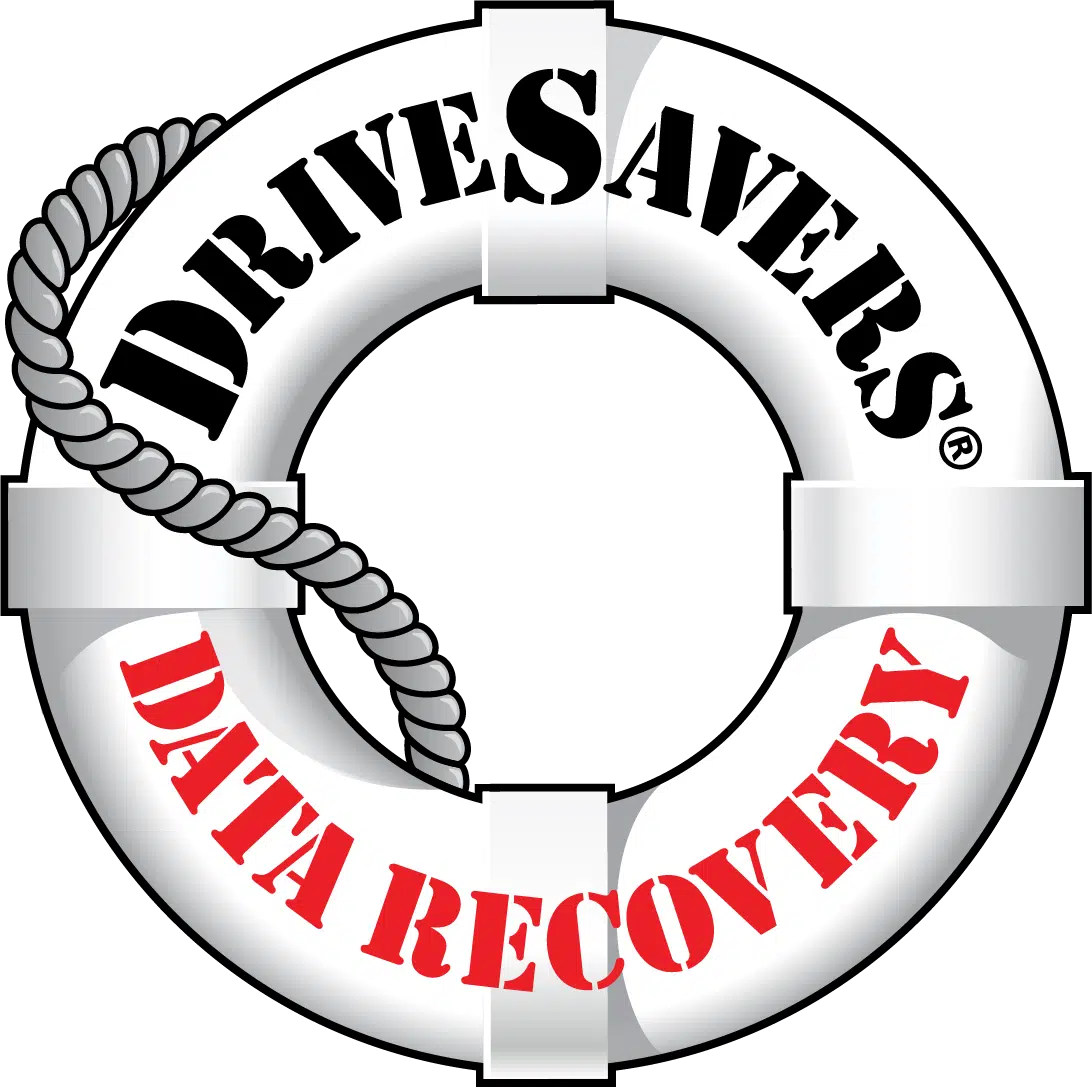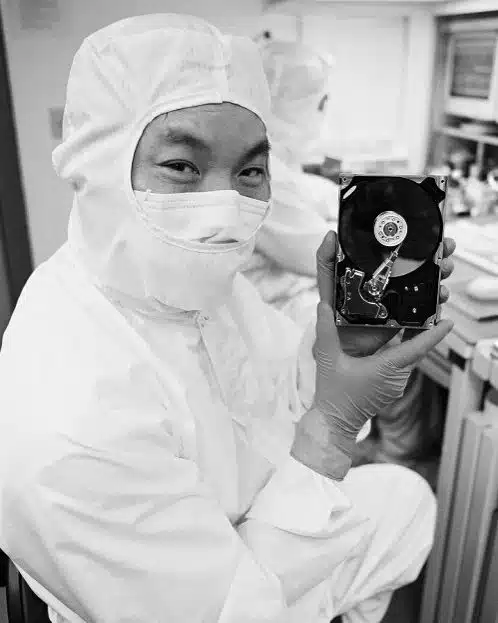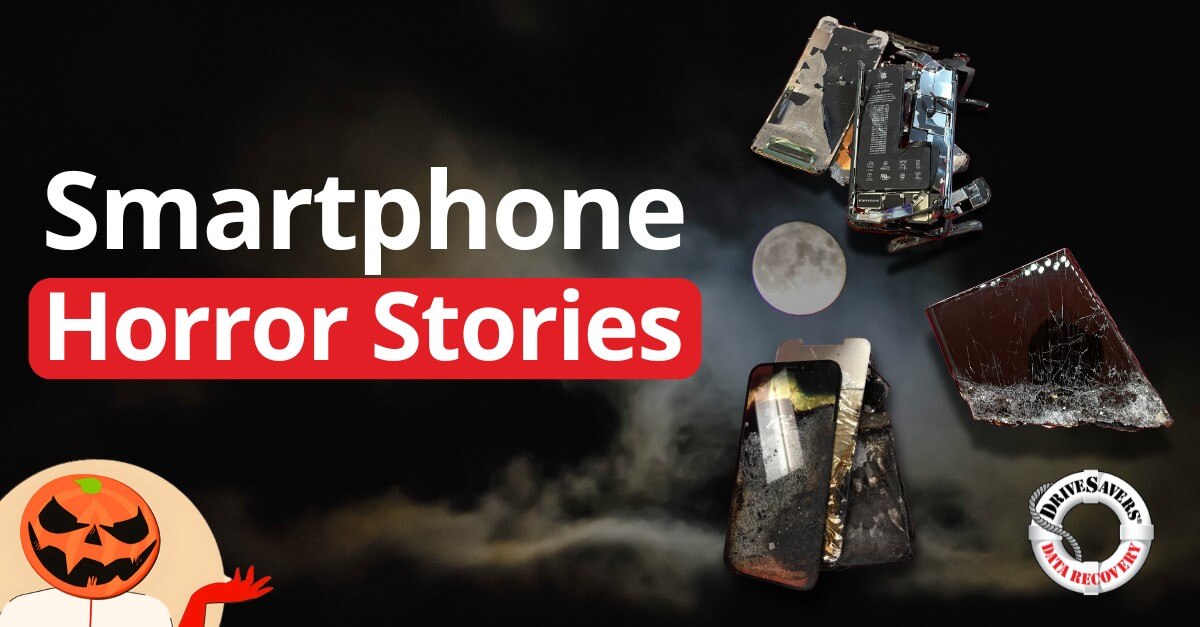Linda Clements and John Crowley moved from Fremont to the tiny town of Dayton, Nev., five years ago, seeking a quieter life. But last January the Carson River jumped its banks and carried off their house and belongings — including two computers.
The computers contained Clements’ years of work on two engineering textbooks, her course notes from teaching at the University of Nevada and her husband’s consulting files and business records.
When the river finally receded, a dangling power cord led them to one computer that was caught in tree roots and filled with more than 100 pounds of sand. Weeks later, a bulldozer removed a mud-bound Volkswagen and uncovered their other computer.
Both computers were useless. “I was truly devastated,” Clements recalled. “I’d lost everything.” Such disasters are becoming all too common as more people like Clements and Crowley have their businesses and personal lives entwined with fragile computer equipment.
Sales of disk drives — the computer part that stores data — will reach 100 million units this year, nearly double the number just three years ago, according to Dataquest. Meanwhile, the average disk drive sold today stores about 2.7 gigabytes, more than five times the amount three years ago.
Recovering valuable data when those drives crash or burn — and counseling clients in crisis — has become a $20 million-a- year industry, dominated by two firms: DriveSavers in Novato, and Ontrack Data International in Eden Prairie, Minn.
Clements and her husband learned about DriveSavers from a friend. Five months after the flood, they shipped their hard disks off and prayed.
DriveSavers’ technicians eventually recovered 90 percent of the data, saving Clements and her husband from business ruin. “As soon as I could see my files again, I felt, at least professionally, I was a human being again,” she said.
Hundreds of customers have told such stories since Scott Gaidano and Jay Hagan started DriveSavers seven years ago, after experimenting with drive recovery out of their homes. Both had been sales and marketing executives at a now-defunct disk- drive maker in San Francisco, Jasmine Technology.
Today they gross about $4.5 million in annual revenues, Gaidano said. DriveSavers charges $200 to $2,000 for recovery of a disk, depending on the severity of the damage and the amount of data stored.
Referrals come from major drive manufacturers and from the company’s Web site (drivesaversdatarecovery.com).
When the British rock singer Sting lost his accounting records in a hard-disk crash, he sent them to DriveSavers for successful recovery. Rolling Stones guitarist Keith Richards was also a client last year.
The firm saved 12 script episodes of The Simpsons from oblivion and salvaged special effects to the remake of Star Wars for Industrial Light and Magic.
“Normally, when a drive comes in, we try to determine whether it’s a hardware or software problem,” Gaidano said. “If it’s software, our programmers can go in and undo whatever damage was done to the directories on the hard drive and thereby bring back the data.”
If it’s a hardware problem, the drive goes into a sophisticated “clean room,” so it’s not fouled by additional dust or dirt.
“We open up the drive and an engineer has to literally rebuild it to get it running long enough to extract the data with proprietary software we’ve developed,” said Gaidano. The data is transferred to another drive, checked for errors and then put onto media of the customer’s choosing.
About nine times out of 10, technicians are able to retrieve a significant portion of the customer’s data back, said Nikki Stange, the firm’s “data crisis counselor.”
Today Stange helps save disk drives, but she used to save lives as a volunteer on a suicide prevention hotline in Boulder, Colo. The two jobs have much in common. For DriveSavers, she fields calls from desperate computer users all over the world, using her psychological training to calm their volatile mix of panic, anger, guilt and fear. Then she guides them to take constructive action, including sending their disk in for doctoring.
“When the computer crashes, often there is an accompanying emotional crash,” Stange said. “People think they’ll lose their job and their house. They see their life being destroyed if they let their imagination get too far away from themselves. So I help them focus on the immediate problem and what can be done to meet their deadlines.”
A couple of months ago, Stange held marathon telephone sessions with one distraught client from New York, a free-lance graphic designer and single mother whose project went up in smoke with her computer. Stange coached her on what clients to contact for deadline extensions, what to expect from DriveSavers and how to take the drive out, pack it and ship it. Stange waited patiently while the woman took breaks to quiet her crying child.
“She needed an extreme level of assistance,” Stange said. “She was overloaded with the demands on her life and was projecting way into the future all the accounts she would lose, the money she wouldn’t get paid and how she wouldn’t be able to pay the rent. We talked through all of those details. In a few days she got her data back and met her deadlines.”
Some clients, on the other hand, are extraordinarily resourceful, Stange said.
In 1983, an American juggler, Jacqueline Reis, was performing on a French cruise ship on the Amazon river when it hit an underwater obstruction and sank. All of her correspondence and business records were on her laptop in her stateroom, submerged at the bottom of the river. When no one would help, Reis rented scuba gear and swam through halls with flashlight in hand to find her room, where she rescued her computer, contact lenses and grandmother’s wedding ring. Even though the laptop had been under water for two days, DriveSavers recovered all her data.
Helping to rescue clients is an enormously rewarding job. One Bay Area writer who lost nine years of work on a novel when her floppy drive ate a disk was “white as a ghost, trembling, so overcome with fear and anxiety she almost passed out,” Stange recalled. But when she got her data back, “she was a completely different person, laughing, smiling, hugging everyone, so joyful. It was wonderful to see the transformation.”
Dealing with disasters has taught Stange to be a fanatic about backing up her own computer every day — three different ways, just to be safe.
Stange always recommends that others do the same — but she knows her advice isn’t likely to put DriveSavers out of business.
“When I ask a room of 100 people how many really backup up everything, only three or four have,” she said. “It’s just human nature. Why don’t more people wear their seat belts or floss? A lot of us aren’t so great at taking preventive measures because there’s no immediate reward.”
Gaidano confirmed her observation. “Sad to say, we’ve had a lot of repeat customers,” he said. “I want to charge them extra because they should know better.”
DRIVE SAFETY
- Always back up files
- Quit programs before shutting down your computer.
- Don’t turn off peripherals while the computer is on.
- Do not move or jar a disk drive while it is operating.
- Use a surge protector. Source: DriveSavers
Reprinted by permission by the San Francisco Chronicle
Original Article Link: http://www.sfchronicle.com/business/article/Hard-Drive-Lifesavers-Novato-firm-retrieves-2821161.php?cmpid=email-premium#photo-2216184






